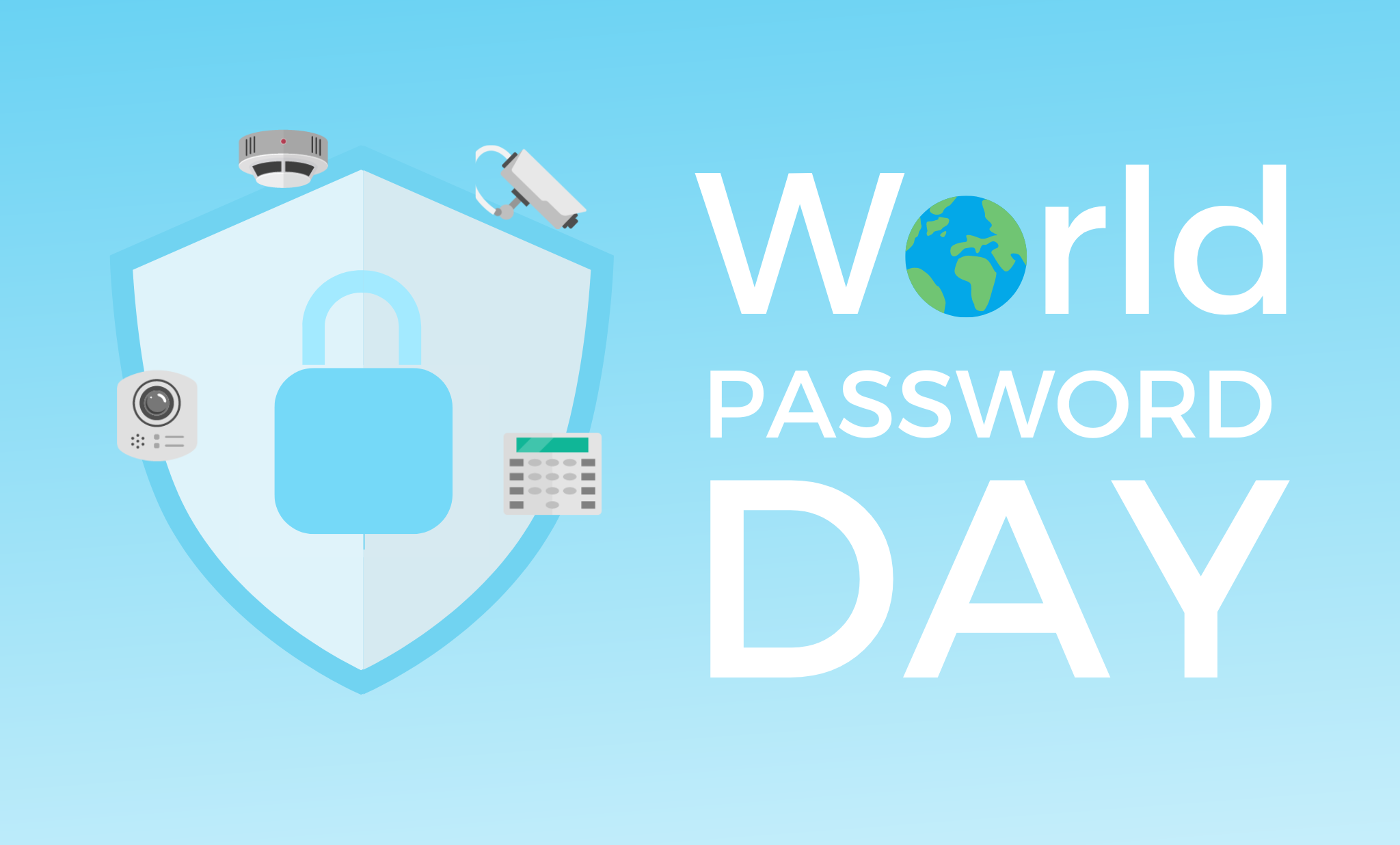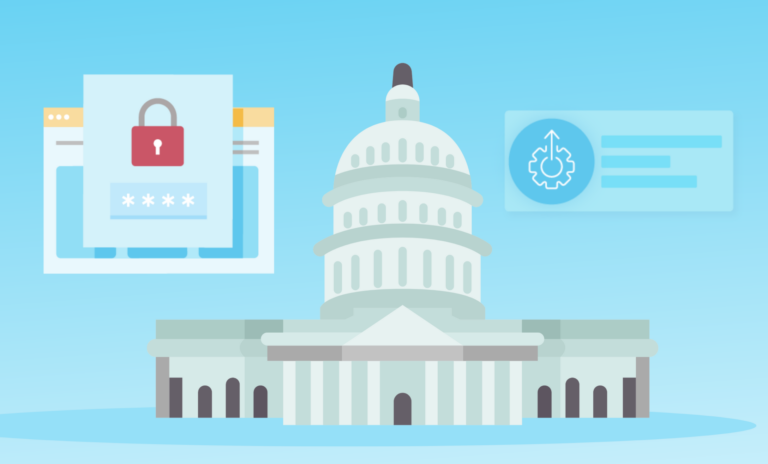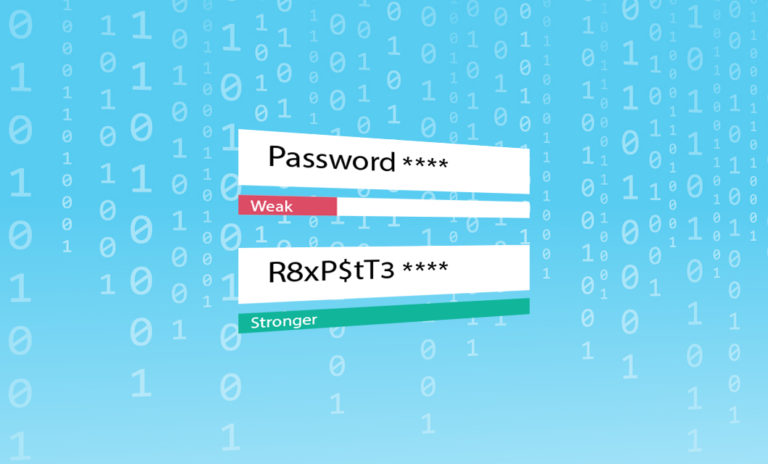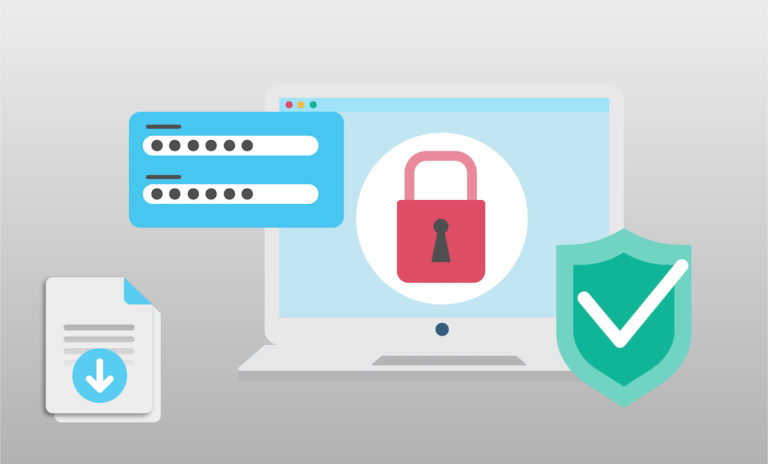
Data breaches. Cyberattacks. Hackers. These terms have entered the popular lexicon and popular culture due to escalating numbers of incidents. No longer the realm of science fiction, more and more people are falling prey to bad actors every day.
National Public Data (NPD), Change Healthcare, AT&T – these recent breaches potentially affected over a billion records. With the average cost of a data breach in 2024 carrying a $4.88 million price tag, protecting our passwords should be a top priority.
We know what we should do, but…
Given the recent proliferation of cyberattacks and the press they have received, most people are familiar with password best practices. Yet for some reason this knowledge doesn’t always translate into action. Inertia? Forgetfulness? Too much Netflix? Whatever the reason, the numbers show that collectively, we could be better at protecting our devices.
Scary stats
- The most common password – more than 3 million people: 123456
- 50% of users are at risk from a password reuse attack
- 75% of people across the globe don’t follow widely accepted password best practices
Hackers love lax password practices
Bad actors rub their hands with glee when they find password vulnerabilities. They’re an easy opening for cyberattacks. Short, weak, and reused passwords are open invitations for hackers.
Scary stats
- 88% of breached passwords are 12 characters or less
- 35% of people in a Forbes Advisor study believe their password was hacked because they had a weak password
- 70% of weak passwords can be cracked in less than 1 second by hackers using simple brute force attacks
Stop the madness: Close the door on password breaches
To keep your physical security devices safe from bad actors, it’s essential to make sure you rotate passwords regularly and choose strong passwords.
Easier said than done. Automation can help! To keep your organization safe from cyber threats, use a physical security device management system to:
- Change device passwords after installation
- Regularly rotate device passwords in accordance with your IT/organization’s policies
- Ensure all passwords comply with complexity and length requirements
- Ensure password changes are mirrored in your management system
Don’t be next year’s scary stat. This World Password Day, take proactive steps to protect your passwords.
To learn more, contact [email protected].




